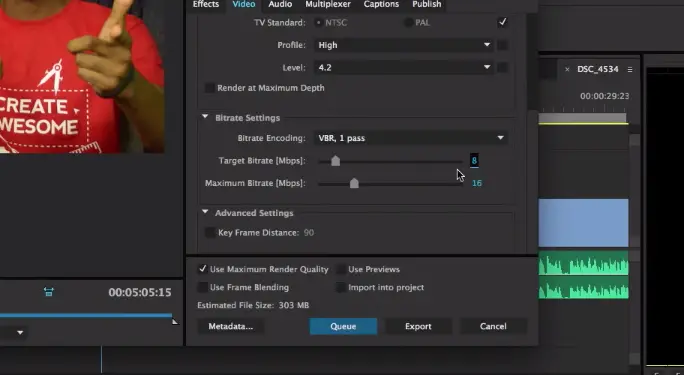

This option is implicitly set when writing ismv (Smooth Streaming) files. With this option set, there is no initial mdat atom, and the moov atom only describes the tracks but has a zero duration.įiles written with this option set do not work in QuickTime. Generally, an mdat/moov pair is written at the start of the file, as a normal MOV/MP4 file, containing only a short portion of the file. Write an initial moov atom directly at the start of the file, without describing any samples in it.

The exception to this is -min_frag_duration, which has to be fulfilled for any of the other conditions to apply.Īdditionally, the way the output file is written can be adjusted through a few other options: If more than one condition is specified, fragments are cut when one of the specified conditions is fulfilled. Picture from IIS_Smooth_Streaming_Technical_Overview.pdf (This is only useful with other applications integrating libavformat, not from ffmpeg.)ĭon't create fragments that are shorter than duration microseconds long. Start a new fragment at each video keyframe.Ĭreate fragments that are duration microseconds long.Ĭreate fragments that contain up to size bytes of payload data.Īllow the caller to manually choose when to cut fragments, by calling av_write_frame(ctx, NULL) to write a fragment with the packets written so far. If the space reserved is insufficient, muxing will fail. Reserves space for the moov atom at the beginning of the file instead of placing the moov atom at the end. Fragmentation is enabled by setting one of the AVOptions that define how to cut the file into fragments:


 0 kommentar(er)
0 kommentar(er)
